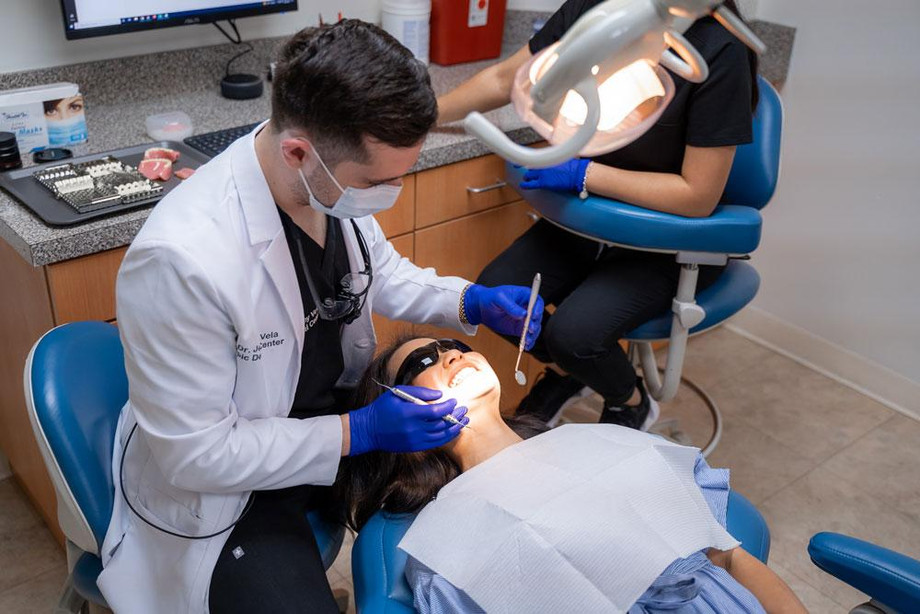A dental bridge can substitute single or multiple lost teeth by employing artificial (fake) teeth to bridge the gap. According to Houston dental clinic, a bridge often comprises crowns cemented on each side of the missing tooth or teeth that support the pontic. Tooth erosion, gum infection, and trauma are the three most recurring causes of lost teeth. Or you were born without teeth due to a congenital disorder. You need healthy teeth on either side of the missing teeth to acquire a dental bridge.
What are the various kinds of dental bridges?
According to a family dental clinic, there are four varieties of dental bridges:
Traditional dental bridges
A traditional dental bridge consists of dental crowns that have been permanently bonded to each of the teeth that serve as the artificial tooth or teeth abutment teeth. When you still have healthy teeth on either side of the gap caused by your missing tooth, you can use a conventional bridge, the most popular type of dental bridge.
Maryland dental bridges
Like a traditional bridge, marlyand bridges dental requires two healthy abutment teeth, one on either side of the gap. While a traditional bridge uses dental crowns on the abutment teeth, a Maryland bridge uses a framework made of metal or porcelain that is glued to the backs of the teeth. Like a regular bridge, a Maryland bridge can only be used if there are healthy teeth on either side of the space created by the missing tooth or teeth.
Implant-supported bridge
As the name suggests, this temporary dental bridge supports implants rather than frameworks or crowns. Dentists surgically place an implant for every lost tooth, which holds the bridge in place. Suppose it's impossible to set one dental implant for each lost tooth. In that case, the dental bridge may contain a pontic hanging between 2 implant-supported crowns.
Cantilever dental bridge
Cantilever bridge dental is similar to standard bridges in that only one abutment tooth functions as the anchor for the pontic, which is attached in position by a dental crown. You need one healthy tooth next to the space created by the missing tooth to sustain a cantilever bridge. You can see the precise results via a dental bridge before and after pictures.
What occurs during the procedure of a dental bridge?
A typical dental bridge installation takes place throughout two appointments. At the initial appointment, your dentist will prepare the abutment teeth and take impressions of your teeth. You will be given a temporary bridge while a dental laboratory creates your permanent one. During a subsequent appointment, the final, permanent dental bridge will be implanted in place of the temporary one. It is possible to modify the bridge so that it fits snugly.
How to make your dental bridge long-lasting?
Maintaining good oral health and hygiene is crucial if your mouth contains a dental bridge because you may want to keep your natural teeth strong and healthy. Maintaining proper dental health is vital if you wish for your bridge to last long. You must brush and floss your bridge twice daily, just like your natural teeth.
Conclusion
The above article discusses dental bridges and their types. For more valuable facts and details, please refer to epicdentalcenter.com.
Article source : https://www.spiceupblogging.com/why-do-we-need-dental-bridges/




Load more comments